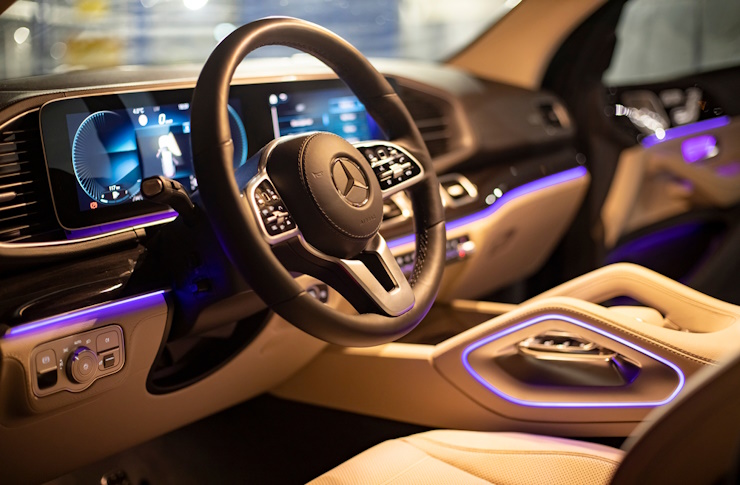Redefining Speed: The Dawn of Variable Compression Ratio Engines
Introduction: In the realm of automotive engineering, harnessing the power of cutting-edge technology is key. But few innovations are as game-changing as the Variable Compression Ratio (VCR) engine. This marvel of modern engineering holds the promise of redefining speed, fuel efficiency, and the overall driving experience.

The Genesis of Variable Compression Ratio Engines
The concept of Variable Compression Ratio engines isn’t entirely new. It dates back to the early 20th century when inventors were exploring various ways of improving engine performance. However, it wasn’t until recently that this technology was perfected and made ready for mass production. The crux of VCR technology lies in the ability to alter the compression ratio of an engine on the fly, thereby optimizing power output and fuel efficiency.
Understanding the Mechanics
VCR engines work by dynamically adjusting the compression ratio – the volume of the combustion chamber at its largest and smallest. This is achieved by altering the position of the piston within the cylinder. Traditional engines have a fixed compression ratio, which often results in a compromise between performance and efficiency. VCR technology, on the other hand, allows for the optimization of both aspects, enabling drivers to enjoy the best of both worlds.
The Impact of VCR Engines on the Auto Industry
The introduction of VCR technology has profound implications for the automotive industry. It has the potential to significantly reduce fuel consumption and emissions without compromising performance – a boon in an era of increasing environmental regulations. Furthermore, it opens up new possibilities for engine designs, potentially leading to lighter, more compact, and more efficient vehicles.
The Pros and Cons of VCR Technology
Like any other technology, VCR engines come with their own set of challenges. The complex design and operation of these engines mean that they are more expensive to produce and maintain. Furthermore, they require sophisticated control systems to manage the variable compression ratio. However, the benefits – improved fuel efficiency, better performance, and lower emissions – make them a promising proposition for the future.
Looking Ahead: The Future of VCR Engines
The future of VCR technology looks bright, with several automakers expressing interest in integrating it into their future models. While currently only available in a select few high-end vehicles, the technology is expected to trickle down to more affordable segments as production costs decrease and demand for more efficient vehicles increases.
In conclusion, Variable Compression Ratio engines represent a significant stride forward in automotive engineering. With their potential to revolutionize performance and efficiency, they offer a tantalizing glimpse into the future of driving. For automotive enthusiasts and everyday drivers alike, the dawn of VCR engines promises an exciting era of unrivaled speed and efficiency.




